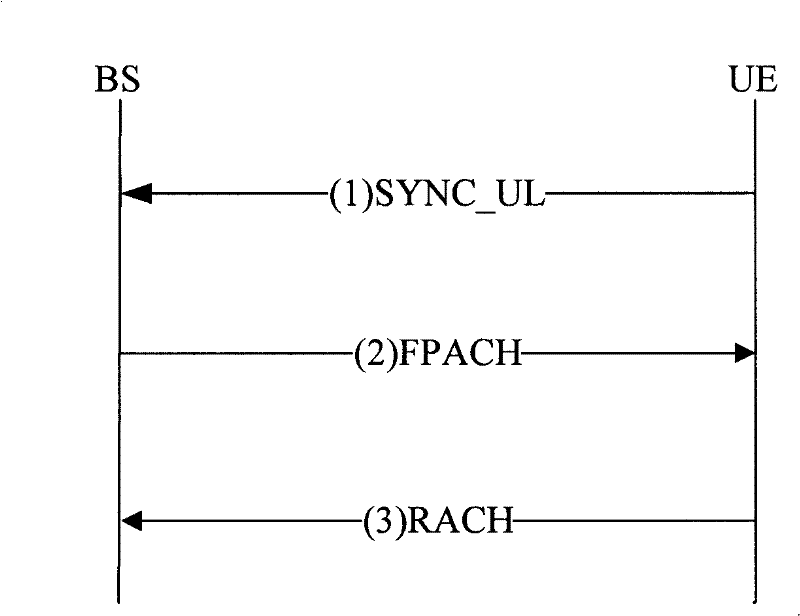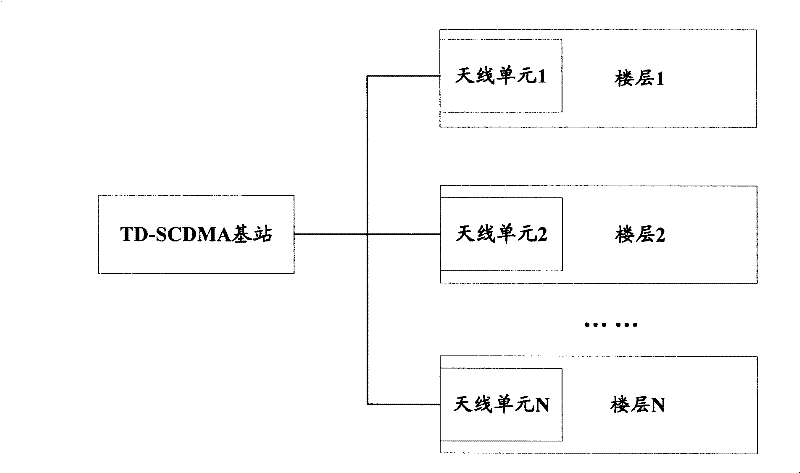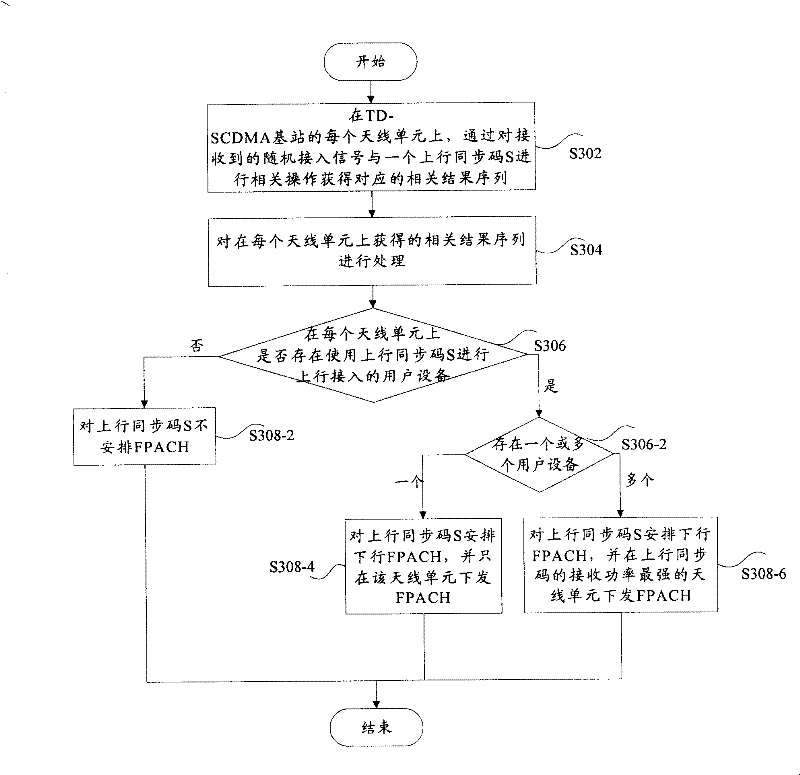Accidental access method for Time Division-Synchronous Code Division Multiple Access system
A code division multiple access and time division synchronization technology, applied in diversity/multi-antenna systems, space transmit diversity, electrical components, etc., can solve system access conflicts, waste users' uplink access opportunities, and access effects are poor and other issues to achieve the effect of improving the success rate, reducing the probability of access conflicts, and avoiding waste
- Summary
- Abstract
- Description
- Claims
- Application Information
AI Technical Summary
Problems solved by technology
Method used
Image
Examples
Embodiment Construction
[0020] Hereinafter, the present invention will be described in detail with reference to the accompanying drawings.
[0021] Such as image 3 As shown, the method described in the embodiment of the present invention includes the following steps:
[0022] Step S302, on each antenna unit of the time division synchronous code division multiple access system (TD-SCDMA) base station, by performing a correlation operation on the received random access signal and an uplink synchronization code S to obtain a corresponding correlation result sequence ; Wherein, the random access signal is a random access signal of a user terminal including an uplink synchronization code, and the uplink synchronization code S (can be any one of 8) is included in the local uplink access signal code group;
[0023] Step S304, processing the correlation result sequence obtained on each antenna unit, so as to determine in step S306 whether there is a user equipment using the uplink synchronization code S fo...
PUM
 Login to View More
Login to View More Abstract
Description
Claims
Application Information
 Login to View More
Login to View More - R&D
- Intellectual Property
- Life Sciences
- Materials
- Tech Scout
- Unparalleled Data Quality
- Higher Quality Content
- 60% Fewer Hallucinations
Browse by: Latest US Patents, China's latest patents, Technical Efficacy Thesaurus, Application Domain, Technology Topic, Popular Technical Reports.
© 2025 PatSnap. All rights reserved.Legal|Privacy policy|Modern Slavery Act Transparency Statement|Sitemap|About US| Contact US: help@patsnap.com



